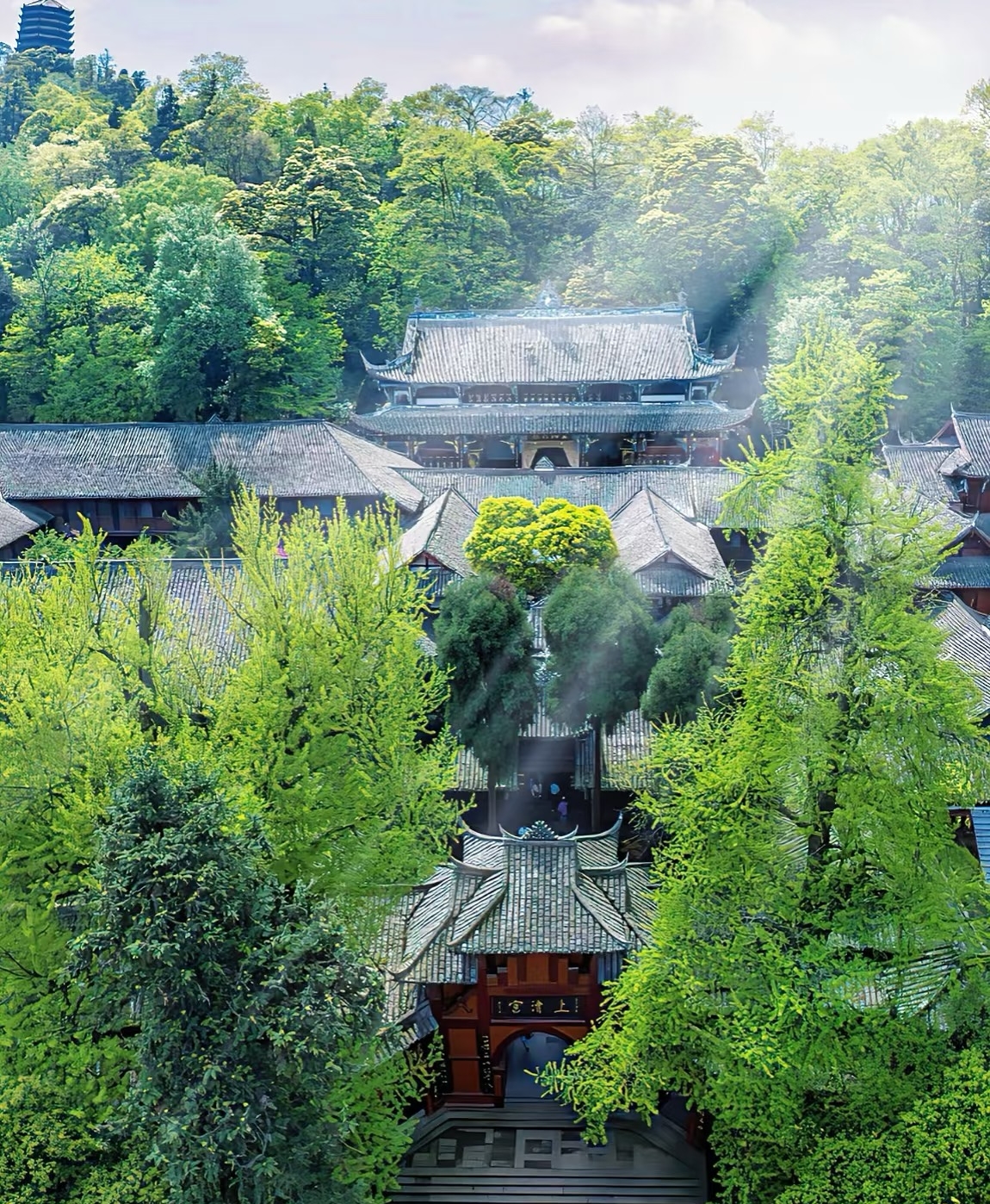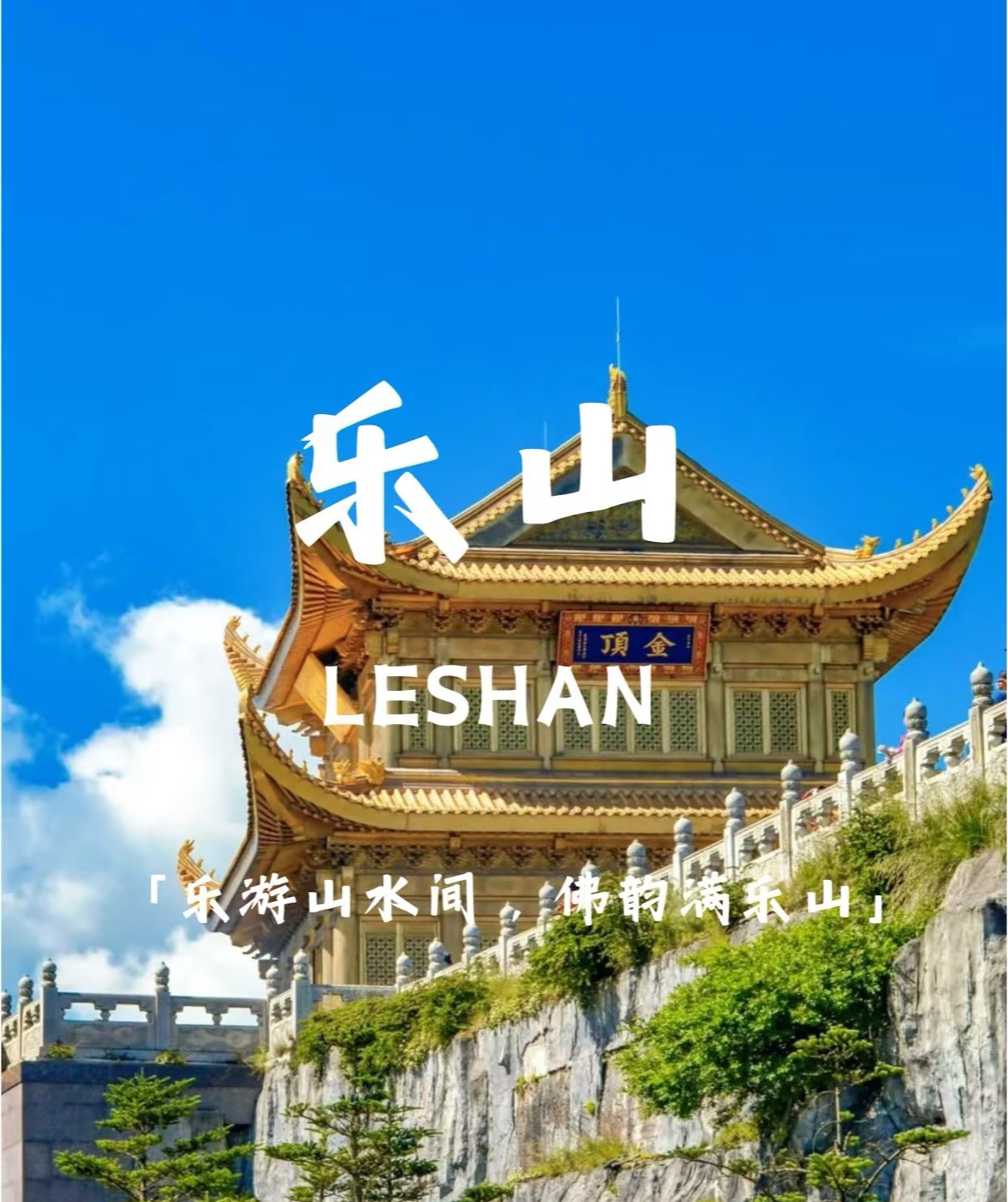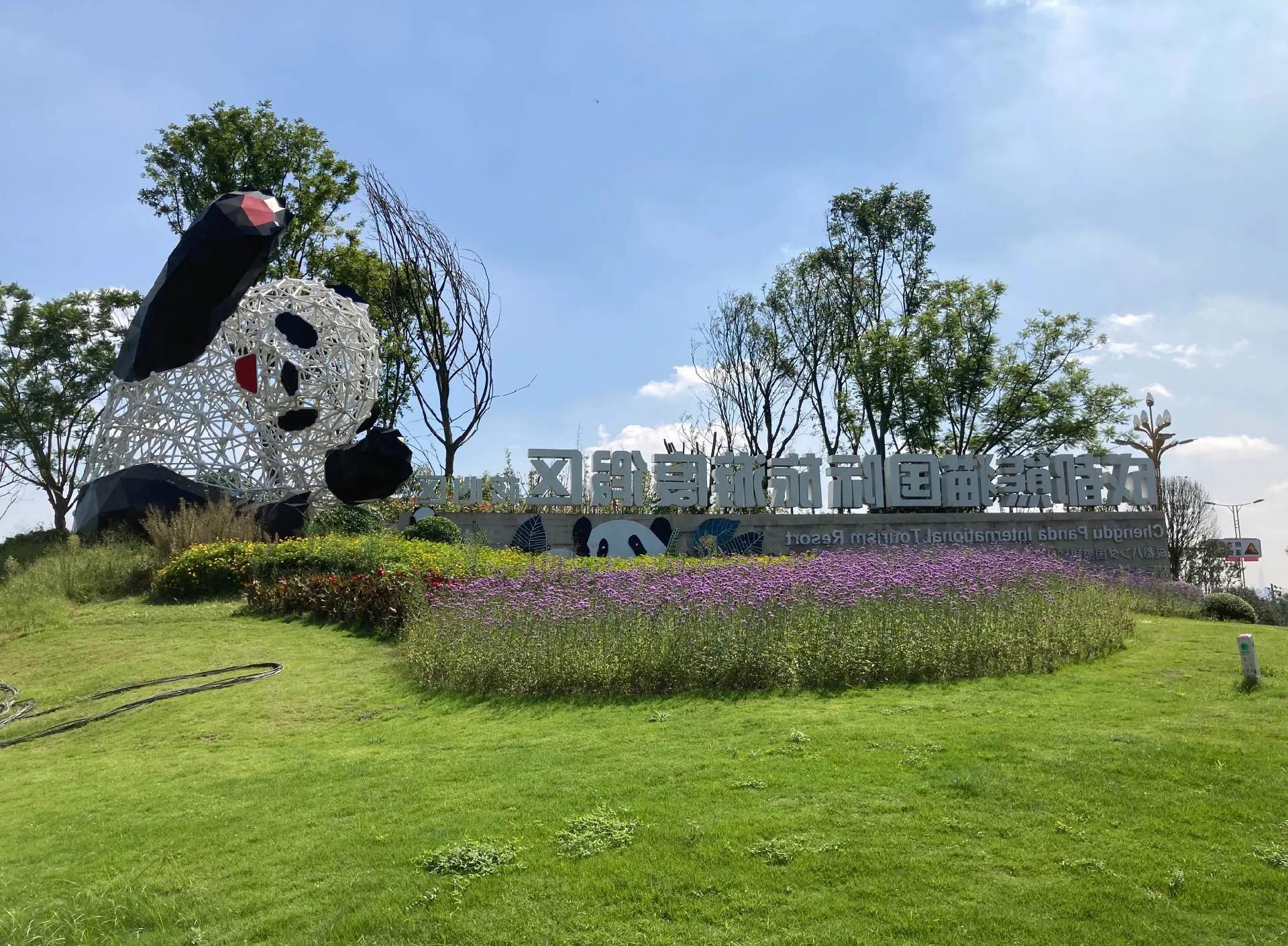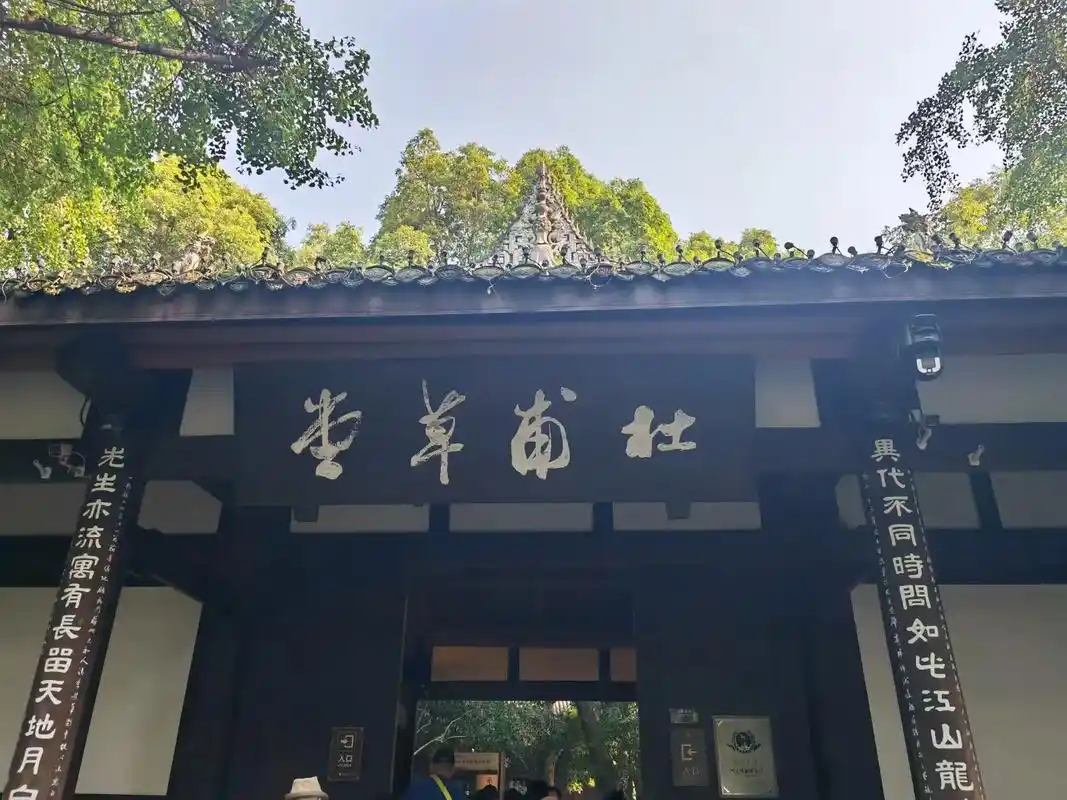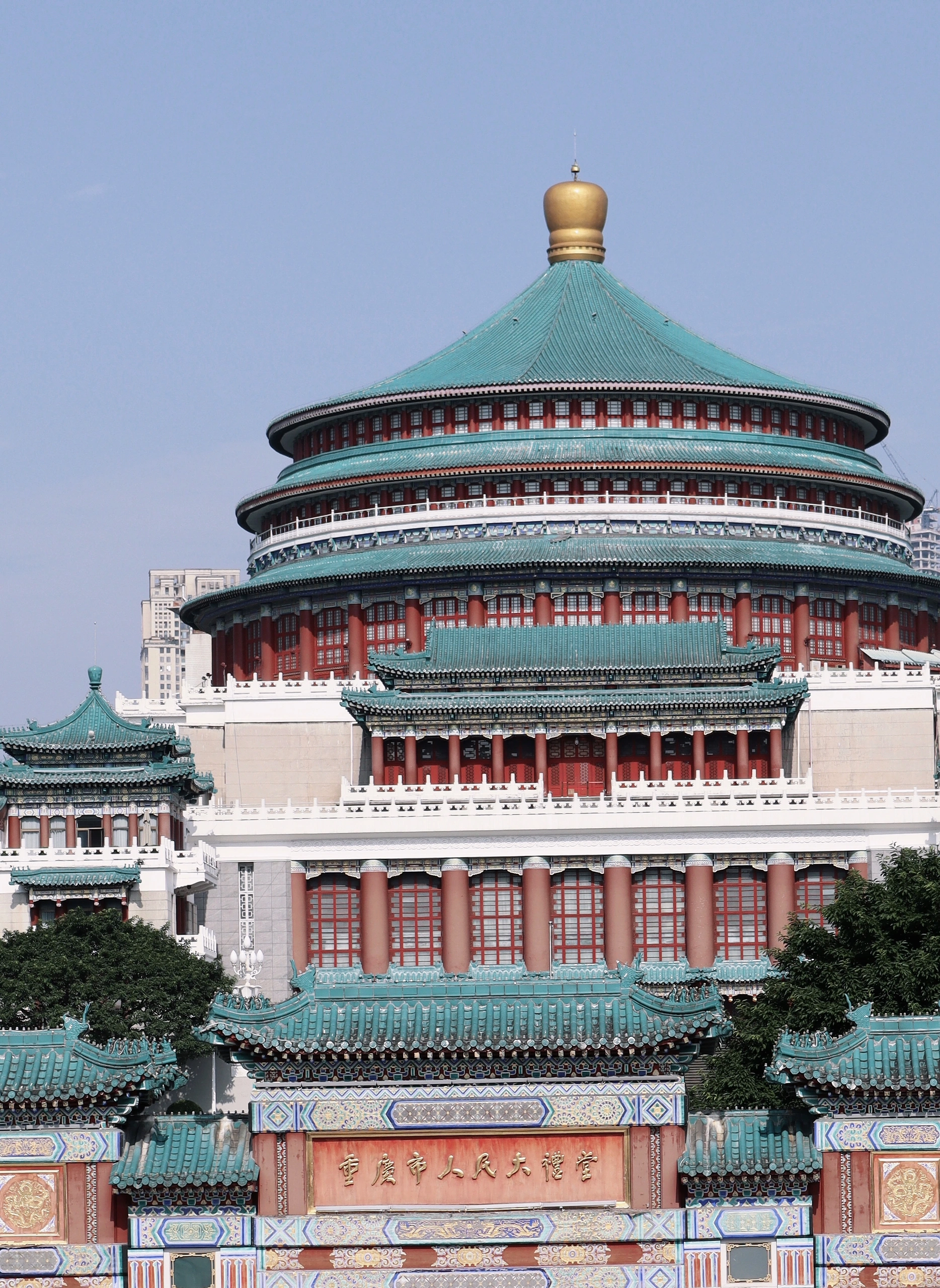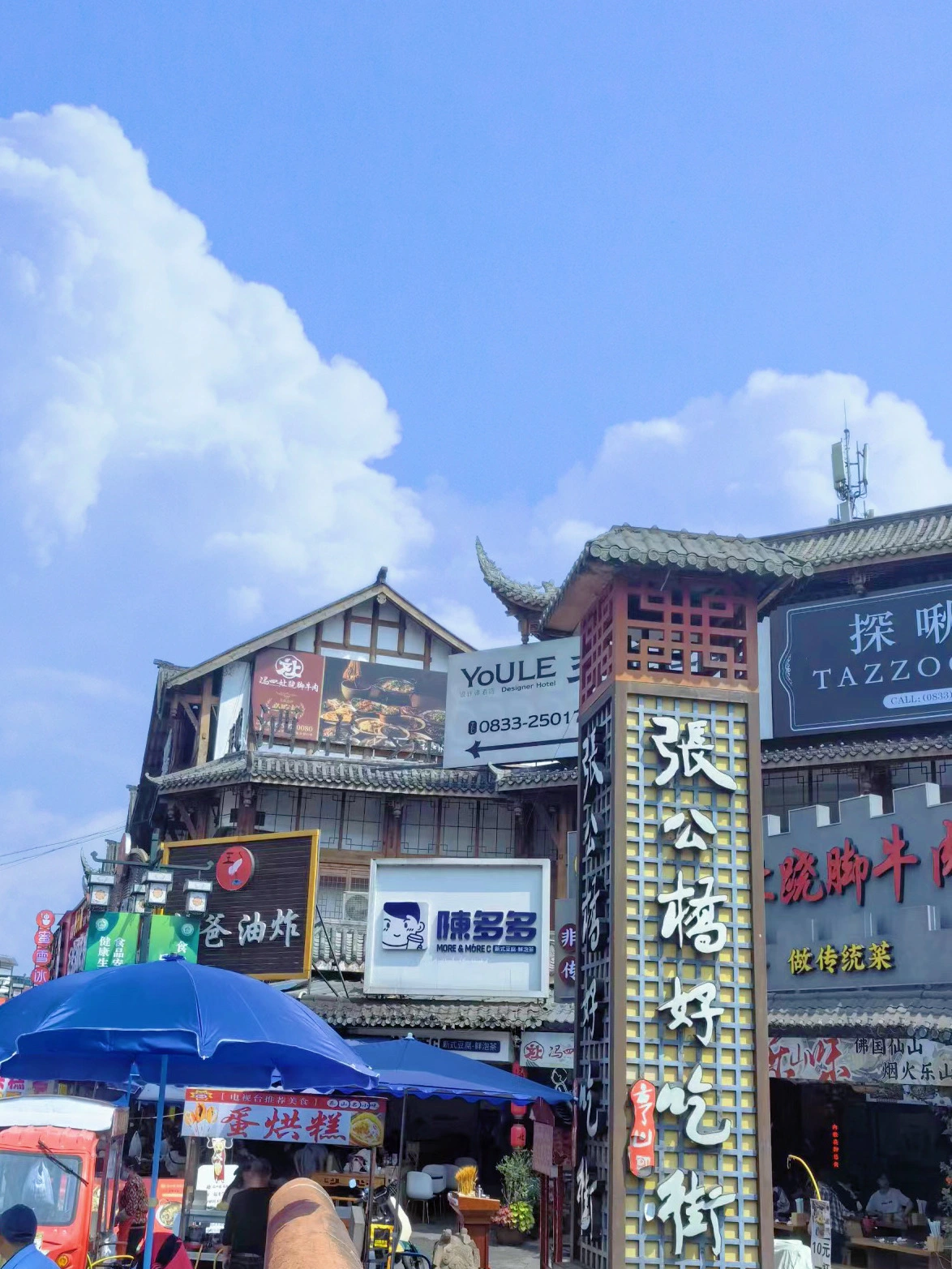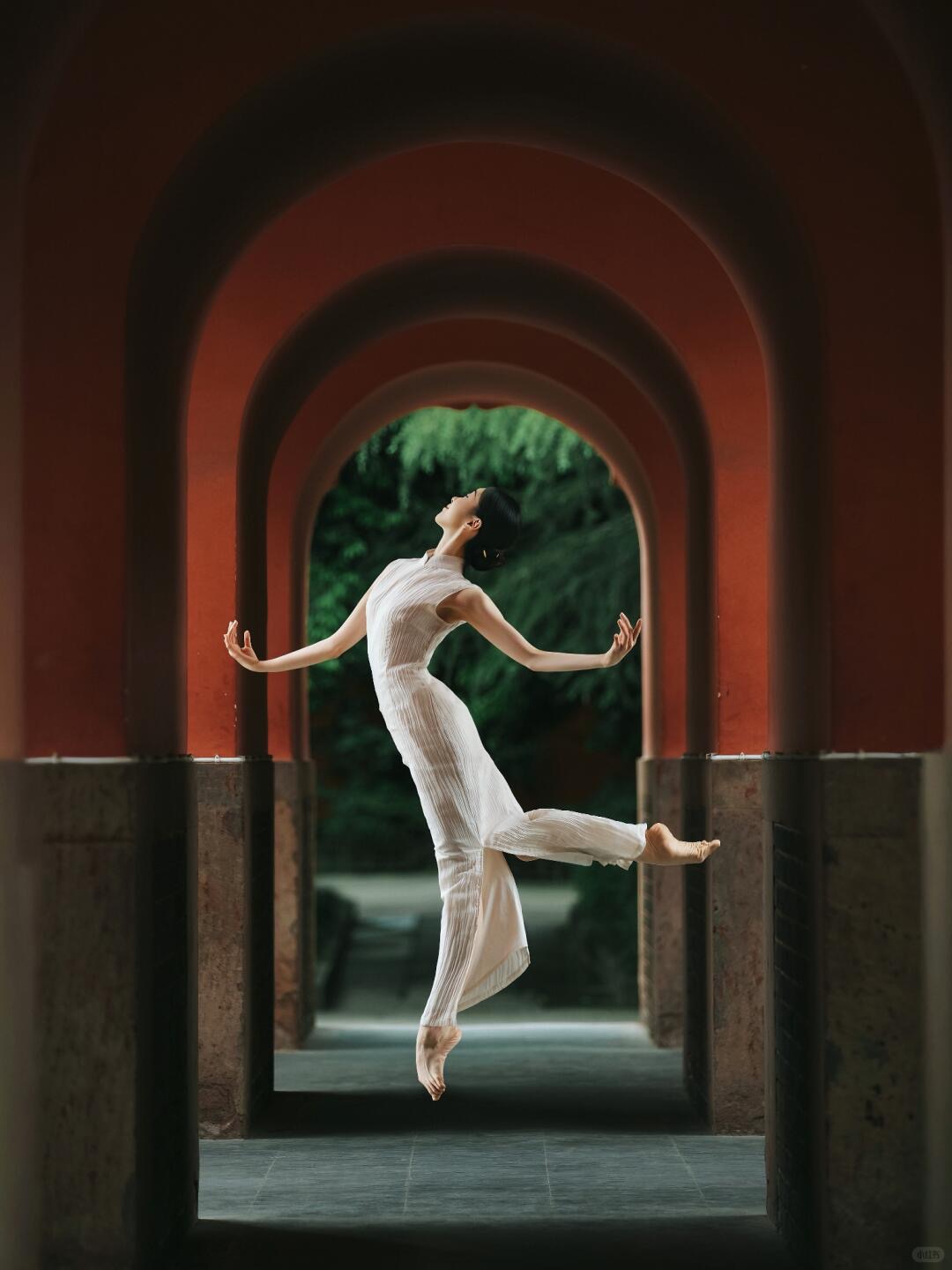

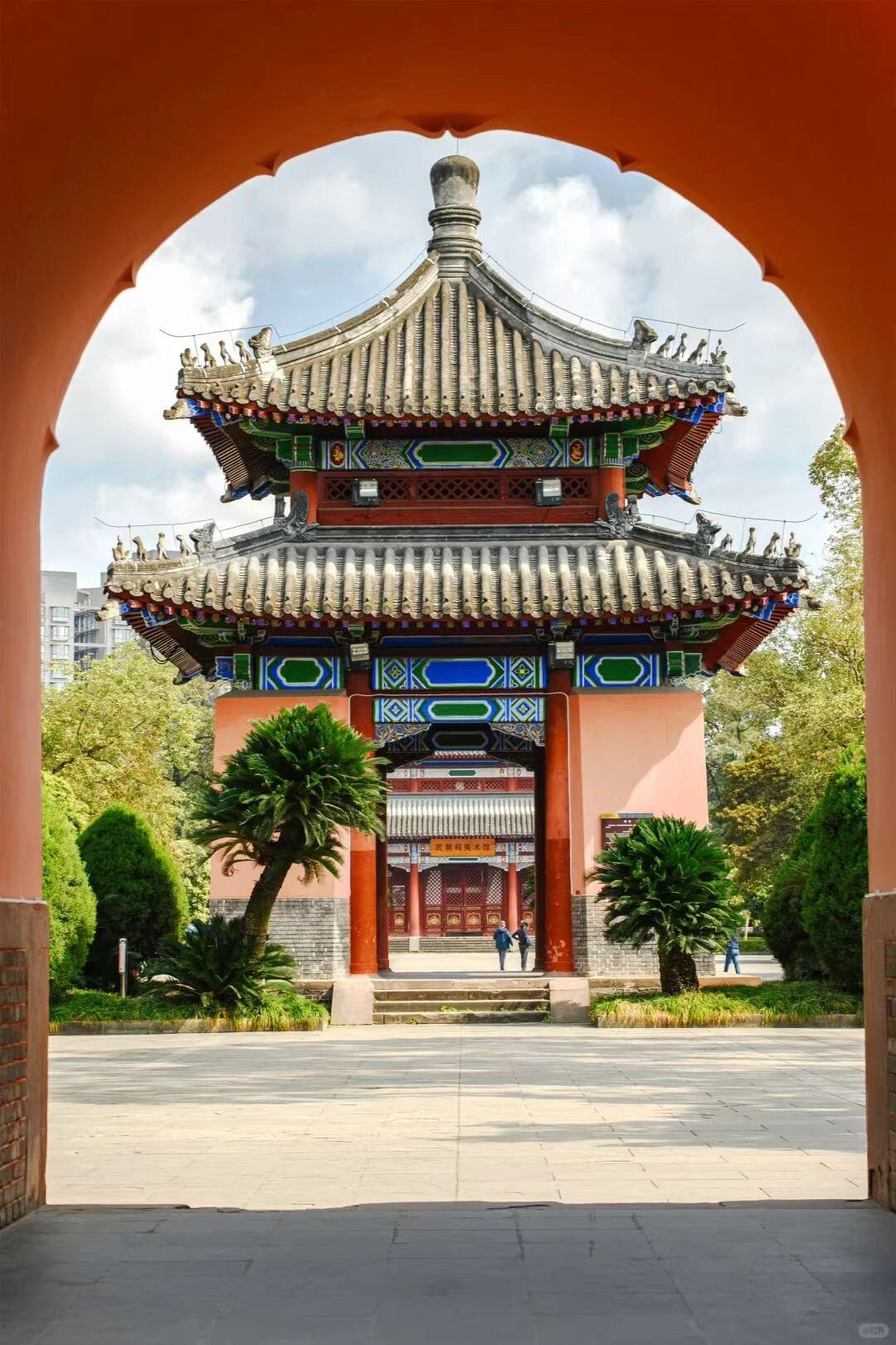
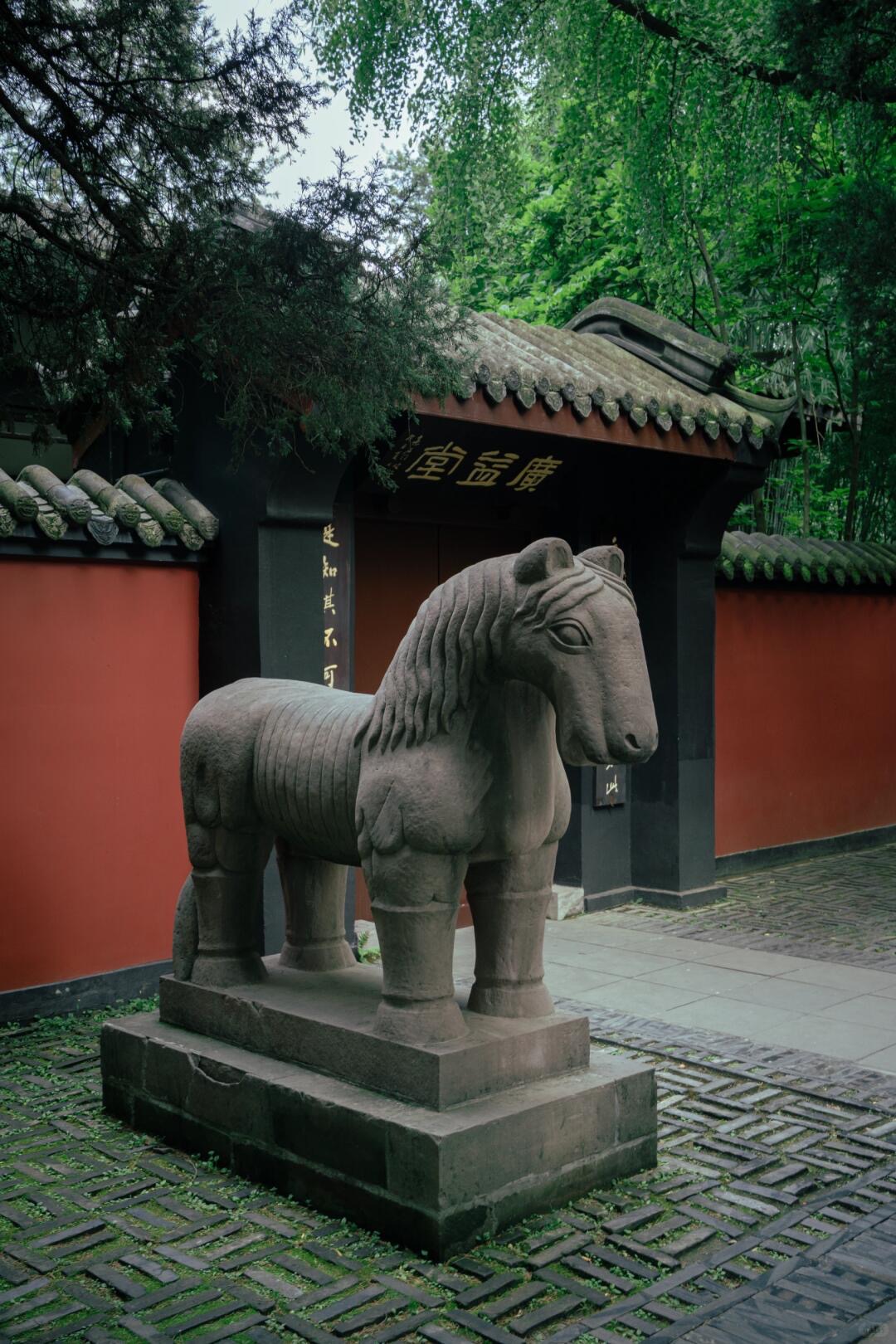

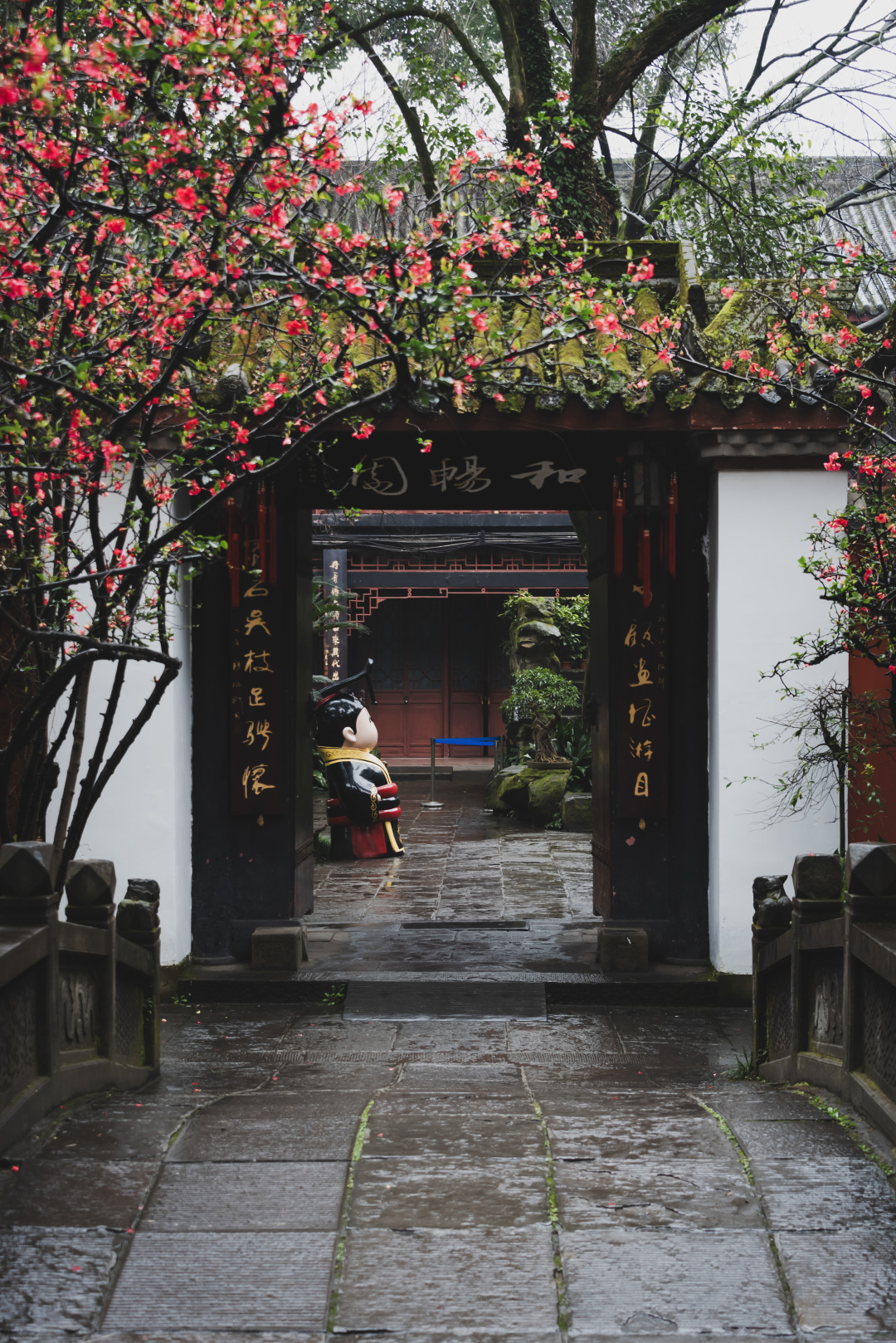
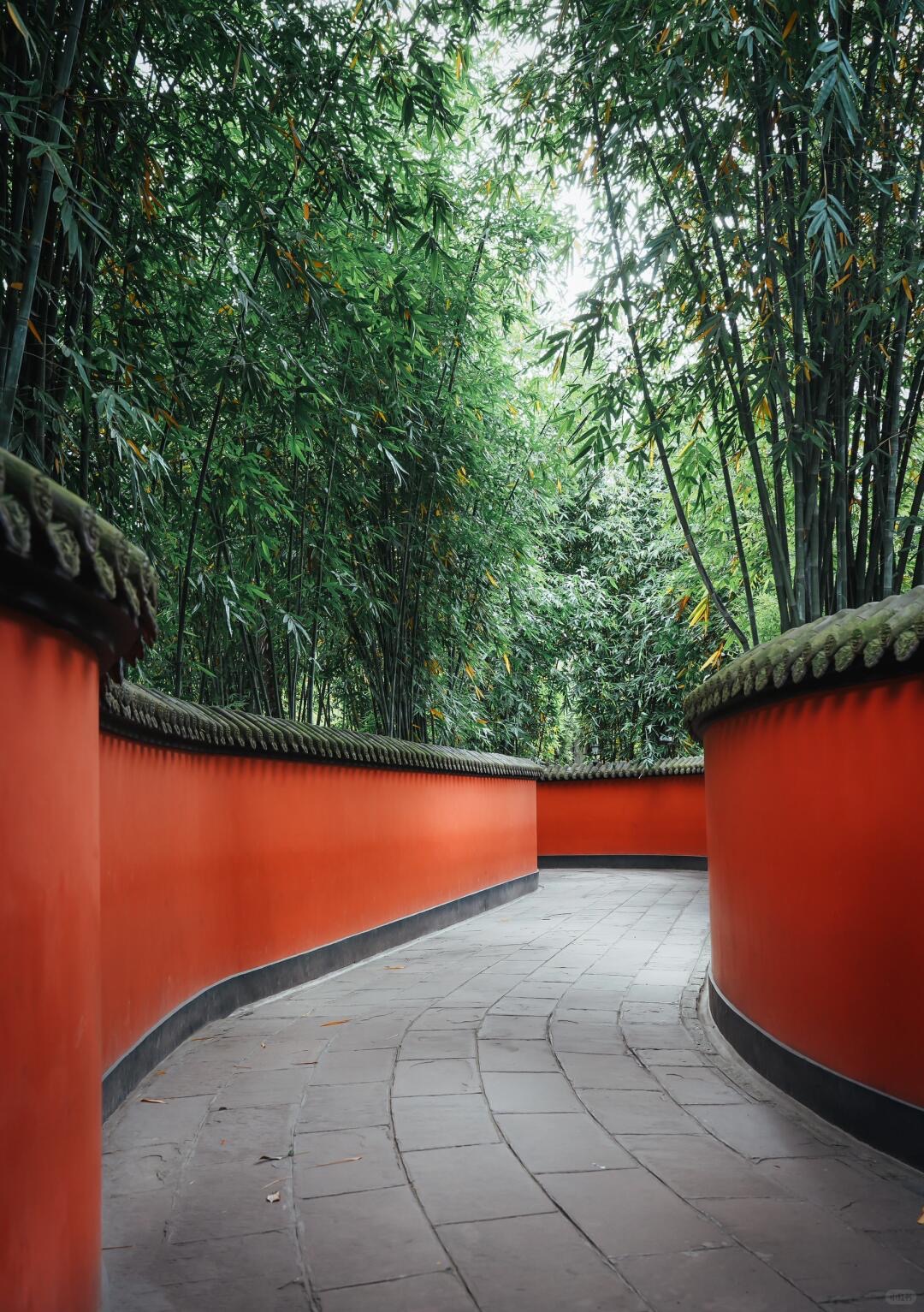
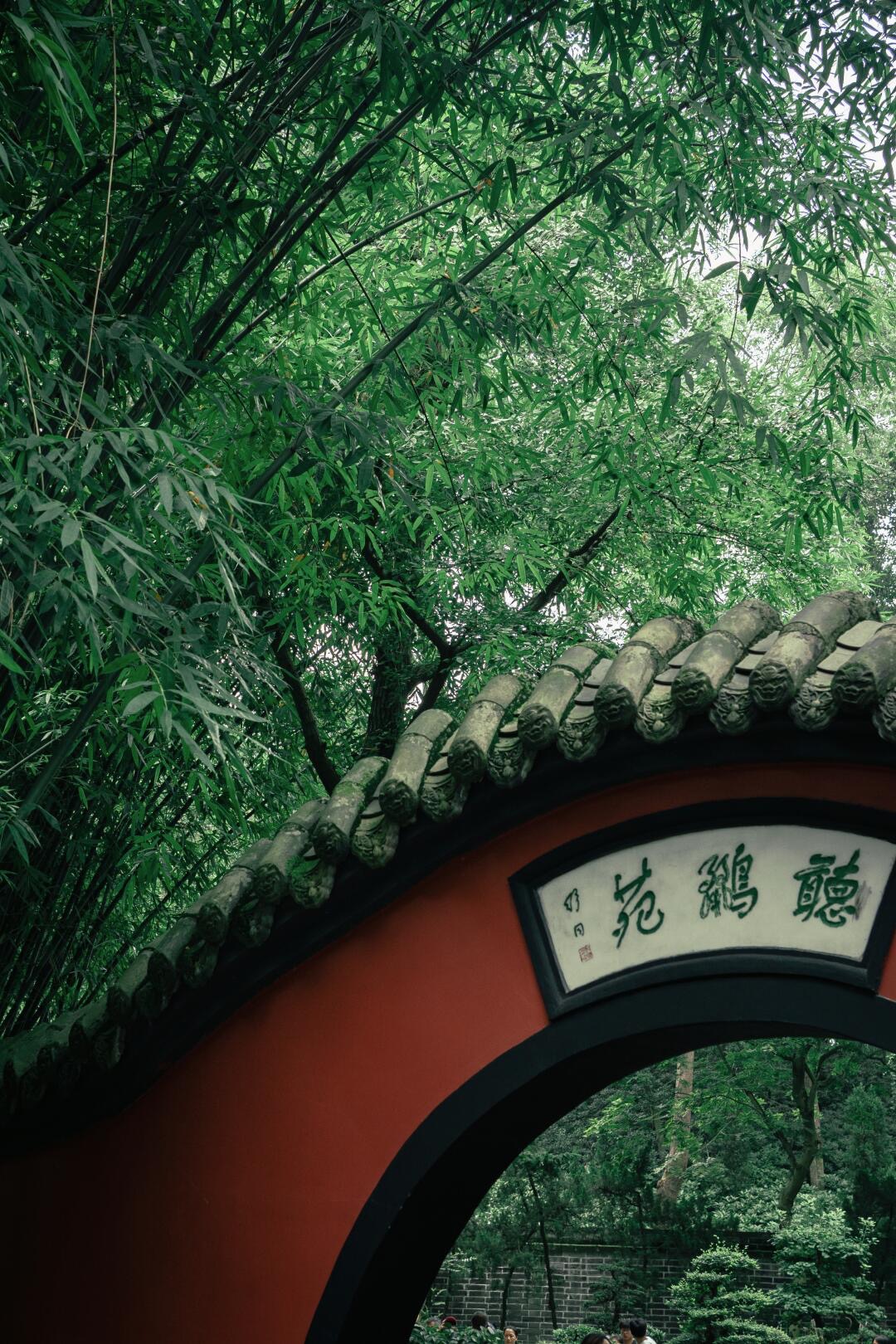
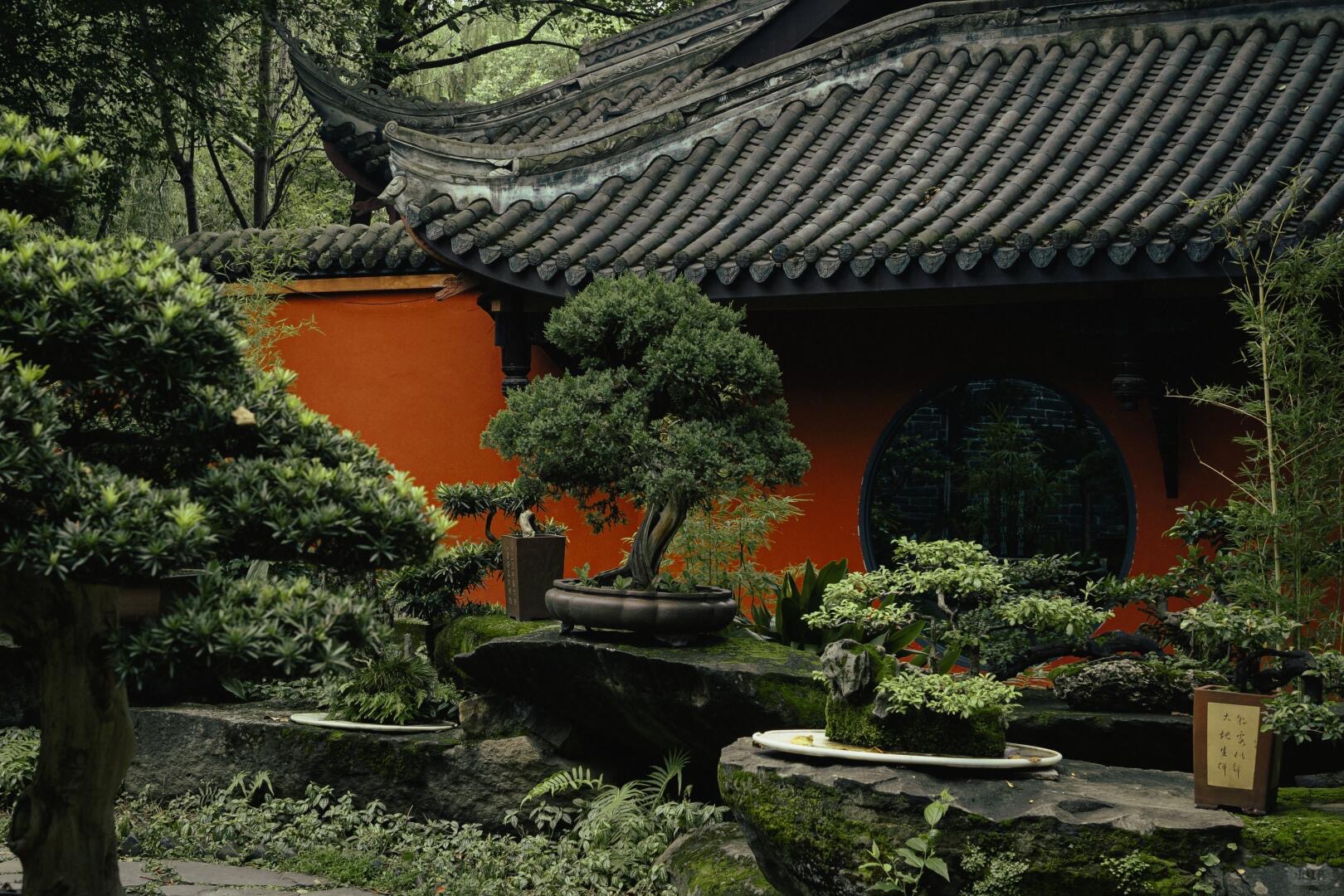
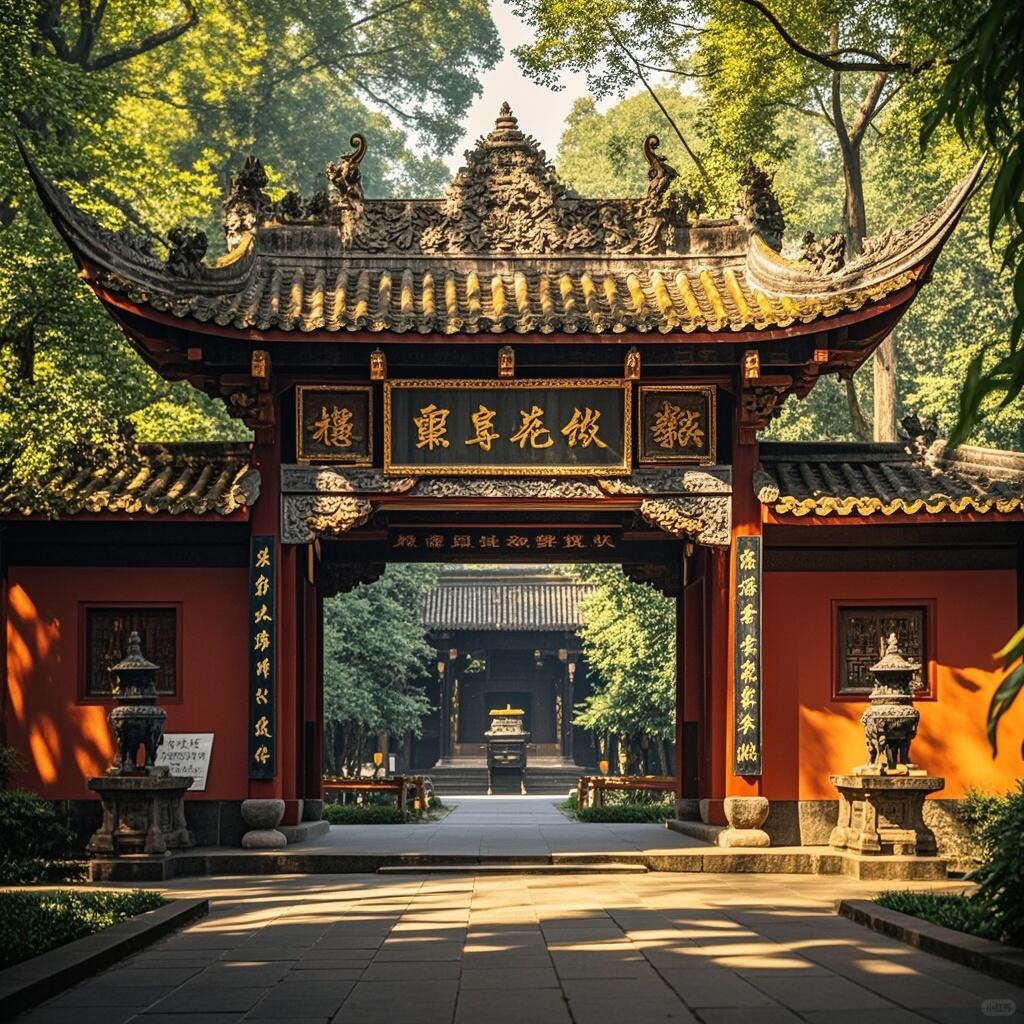
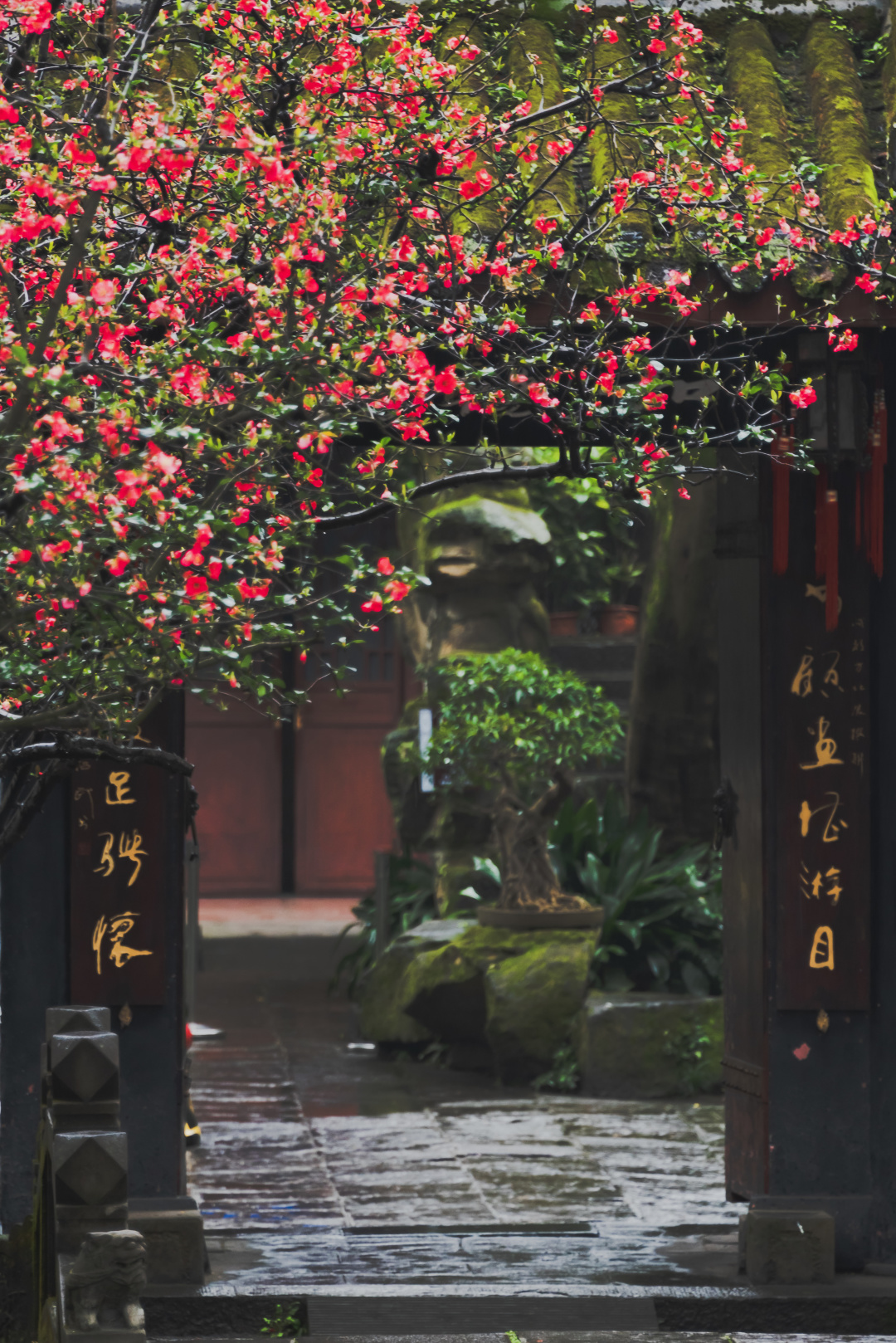
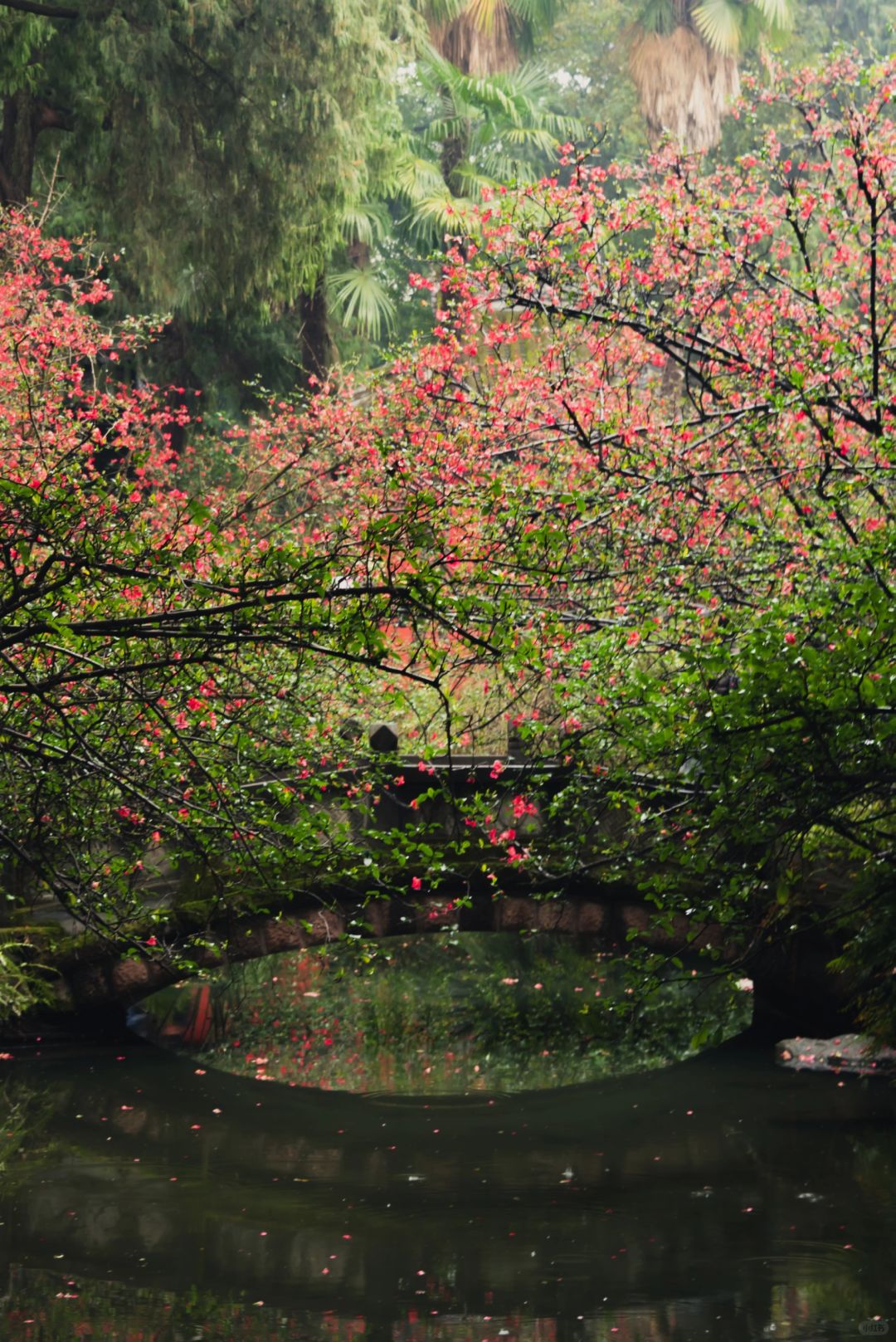
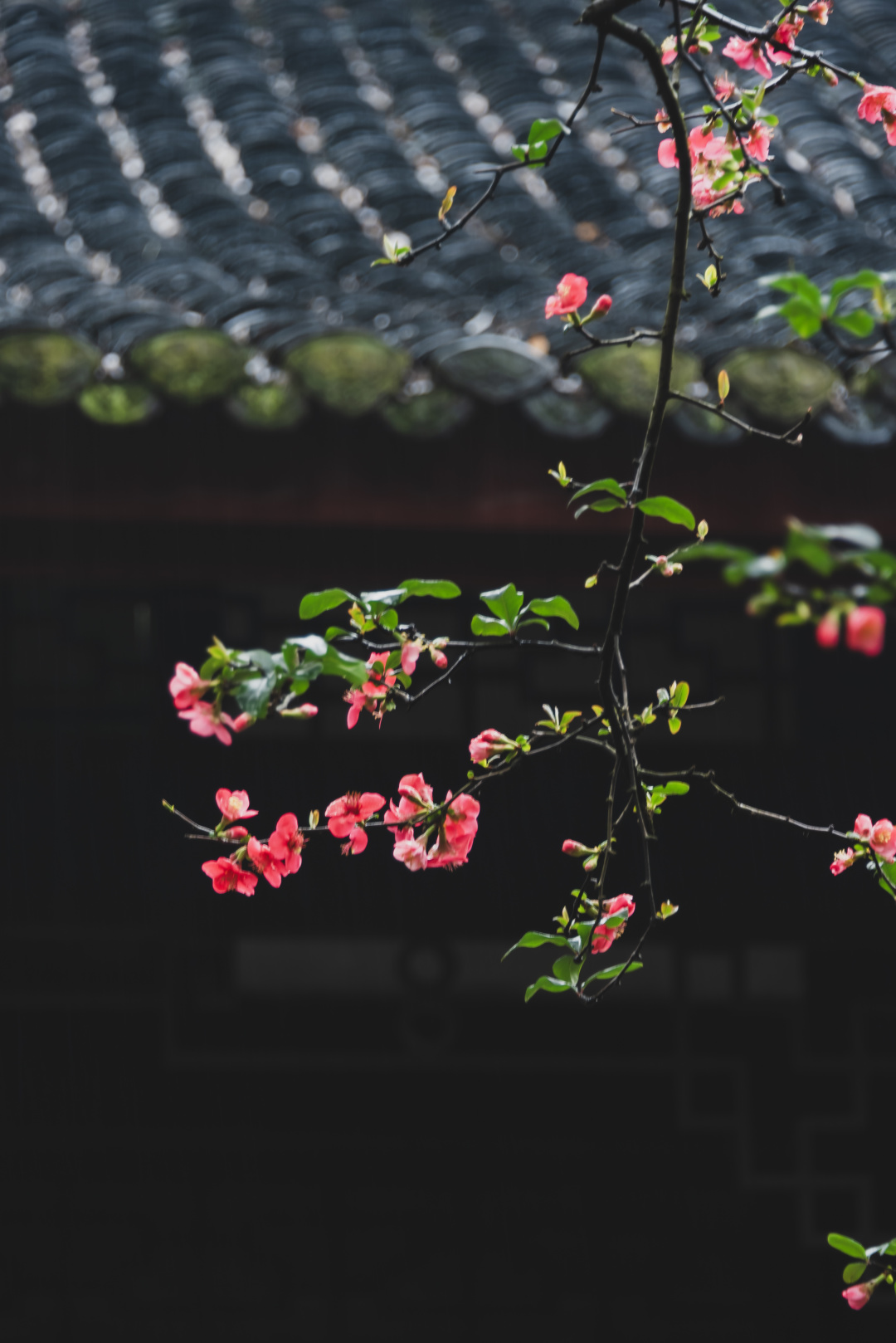
Wuhou Shrine
Wuhou Shrine is located at 231 Wuhou Shrine Street, Wuhou District, Chengdu, Sichuan Province, China, adjacent to Jinli Ancient Street. Its specific geographical coordinates are 30°38′54.6″ north latitude and 104°02′37.0″ east longitude. It is the only temple in China dedicated to both a ruler and his minister (honoring Zhuge Liang, the Shu Han prime minister, and Liu Bei, the emperor buried in the nearby "Hui Mausoleum"). Built in 223 AD, it is revered as the "Sacred Site of Three Kingdoms Culture." The shrine features solemn architecture with ancient cypress trees and iconic red-walled pathways. Key attractions include the Liu Bei Hall, Zhuge Liang Hall, the Three Excellence Stele (celebrated for its prose, calligraphy, and carvings), and a cultural relics exhibition showcasing artifacts from the Three Kingdoms period. Wuhou Shrine is not only a vital site for studying Three Kingdoms history but also a cultural landmark of Chengdu.
Information
Ticket price
Time
Location
231 Wuhouci St, Wuhou District, Chengdu, Sichuan, China
View maps
More about the trip
Wuhou Shrine: A Tribute to the Three Kingdoms Heroes
Wuhou Shrine is located at 231 Wuhou Shrine Street, Wuhou District, Chengdu, Sichuan Province, China, adjacent to Jinli Ancient Street. It is the only temple in China dedicated to both a ruler and his minister (honoring Zhuge Liang, the Shu Han prime minister, and Liu Bei, the emperor buried in the nearby "Hui Mausoleum"). Built in 223 AD, it is revered as the "Sacred Site of Three Kingdoms Culture." The shrine features solemn architecture with ancient cypress trees and iconic red-walled pathways. Key attractions include the Liu Bei Hall, Zhuge Liang Hall, the Three Excellence Stele (celebrated for its prose, calligraphy, and carvings), and a cultural relics exhibition showcasing artifacts from the Three Kingdoms period. Wuhou Shrine is not only a vital site for studying Three Kingdoms history but also a cultural landmark of Chengdu.
What to See and Do
Liu Bei Hall: Dedicated to Liu Bei, the founding emperor of the Shu Han kingdom. His tomb, the Hui Mausoleum, is located within the shrine complex.
Zhuge Liang Hall: Honors Zhuge Liang, Liu Bei's brilliant strategist and prime minister. The hall contains statues of Zhuge Liang and other Shu Han officials.
Three Excellence Stele (三绝碑): A famous stele known for its "three excellences": the prose written by Pei Du, the calligraphy by Liu Gongquan, and the carving by Lu Jian. It's a masterpiece of Tang Dynasty art.
Red Wall and Bamboo Path: The iconic red walls contrasting with lush bamboo groves create a picturesque and serene pathway, popular for photography.
Cultural Relics Exhibition: Explore the exhibition halls that display artifacts from the Three Kingdoms period, providing deeper insights into the history and culture of that era.
Hui Mausoleum (惠陵): The tomb of Liu Bei, located within the shrine complex, is a large mound surrounded by ancient cypress trees.
Best Time to Visit
Spring and autumn offer the most pleasant weather. The shrine is beautiful year-round. Weekdays are generally less crowded than weekends and public holidays.
How to Get There
Wuhou Shrine is located next to Jinli Ancient Street. Take Metro Line 3 to Gaoshengqiao Station (高升桥站), Exit D. From there, it's about a 10-15 minute walk to the shrine.
Travel Tips
Allow ample time: Plan for at least 2-3 hours to explore the shrine thoroughly.
Wear comfortable shoes: You'll be doing a lot of walking.
Combine with Jinli Ancient Street: The two attractions are adjacent, making it easy to visit them together.
Hire a guide or use an audio guide: To fully appreciate the historical significance of the Three Kingdoms period and the figures honored here, a guide can be very helpful.

